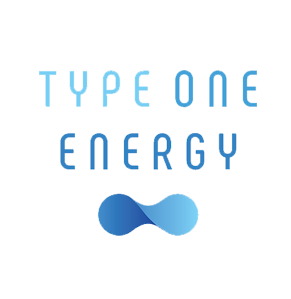For decades, fusion energy has held the promise of a revolutionary power source that is clean, safe, and virtually limitless.
Unlike fossil fuels or even traditional nuclear power, nuclear fusion mimics the energy production of the Sun. Atomic nuclei fuse together to release massive amounts of energy without greenhouse gas emissions or long-lived radioactive waste.
However, one serious problem has kept this dream out of reach. That is the inability to reliably contain high-energy particles inside fusion reactors.
These particles are essential to keeping the plasma hot enough for sustained fusion. However, they tend to escape through holes in the reactor’s magnetic field, draining energy and halting the reaction.
Now, a team of researchers from The University of Texas at Austin, Los Alamos National Laboratory, and Type One Energy Group have developed a faster, more accurate way to fix those magnetic flaws. This could accelerate the development of stellarators, one of the most promising fusion reactor designs, by a factor of ten.
Fusion reactors require a superheated plasma confined within strong magnetic fields. An important issue has been the escape of high-energy alpha particles, which are supposed to help maintain the plasma’s heat and pressure. When these particles leak, they weaken the reaction which prevents the conditions necessary for sustained fusion.
However, these magnetic fields often contain ‘holes’ through which alpha particles escape. Finding and correcting these flaws using traditional methods based on Newton’s laws is computationally intensive and slow. The design process becomes cumbersome as engineers need to simulate and test hundreds of variations in the configuration of the coils.
To make the process more manageable, scientists have used a faster but far less accurate technique called perturbation theory, which often leads to serious errors.
The new method, developed by the research team and detailed in their recent paper, uses symmetry theory to locate and eliminate magnetic holes while requiring just a tenth of the computational power.
Josh Burby is an assistant professor of physics at UT and first author of the paper. He said, “What’s most exciting is that we’re solving something that’s been an open problem for almost 70 years. It’s a paradigm shift in how we design these reactors.”
Although the method was designed for stellarators, its applications also extend to tokamaks which are the more widely studied cousin of stellarators.
In tokamaks, the danger lies in runaway electrons, which can puncture the walls of the reactor if not properly contained. The new technique can help find the weak spots in magnetic fields, potentially improving reactor safety and durability.
Burby said, “There is currently no practical way to find a theoretical answer to the alpha-particle confinement question without our results. Direct application of Newton’s laws is too expensive. Perturbation methods commit gross errors. Ours is the first theory that circumvents these pitfalls.”.
This breakthrough not only solves a specific technical bottleneck but also provides an important tool for companies racing to commercialize fusion power.
Type One Energy Group contributed to the research. It is working to construct next-generation stellarators for energy production.


Leave a Reply